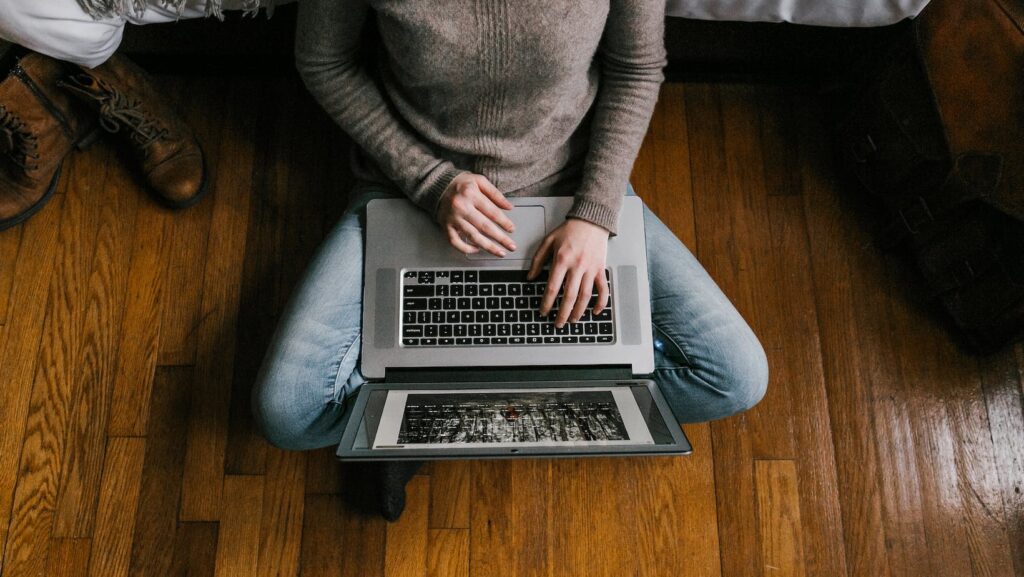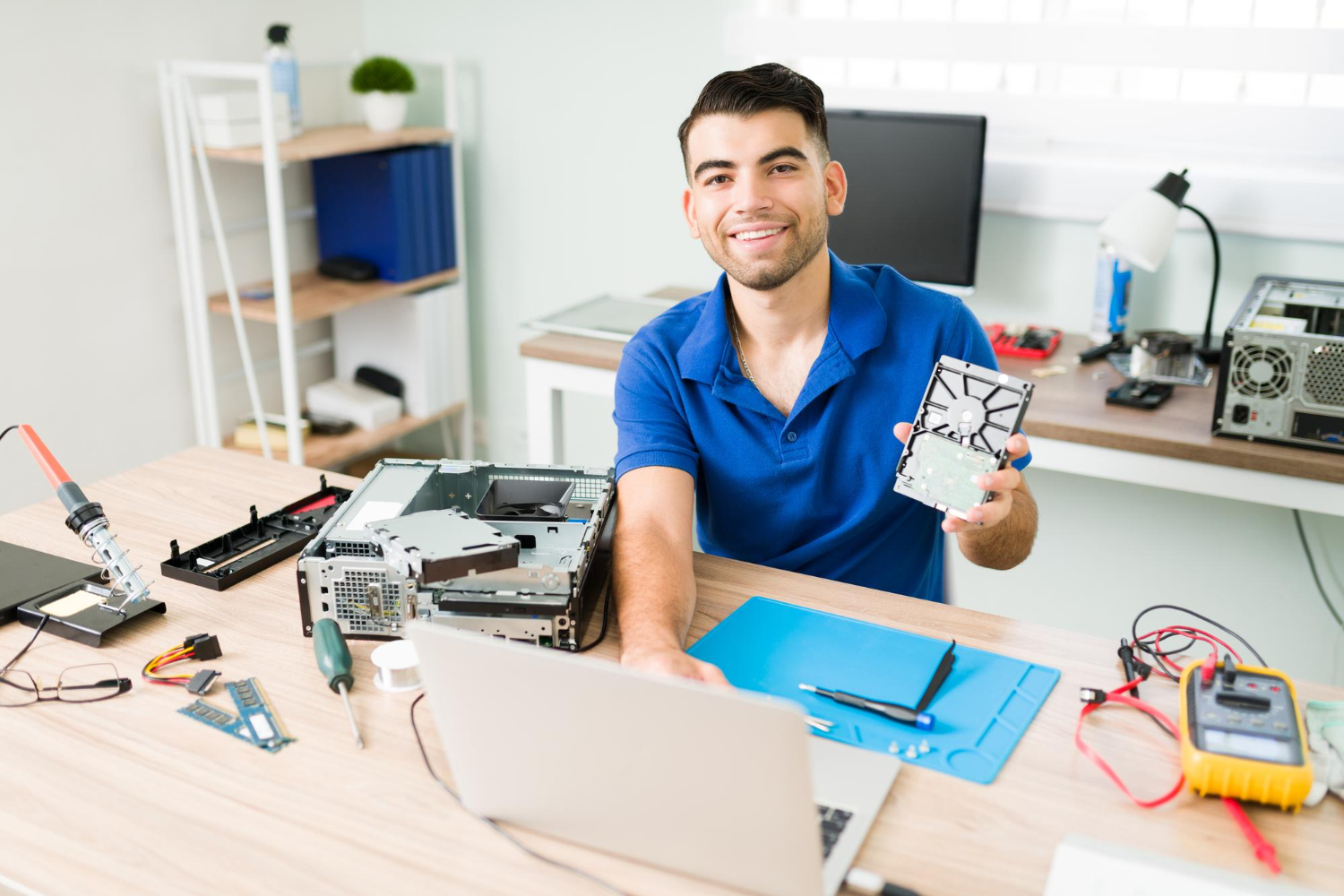Do you have a laptop you no longer use and wondering what to do with it? You have probably thought of ways to offload it and wondered; can a laptop hard drive be used in a desktop?
If such a thought has crossed your mind or you want to repurpose your old laptop, you have come to the right place. Essentially, desktop and laptop hard drives run on similar technology.
Keep reading to learn more about using a laptop hard drive on a desktop.
Can Laptop Hard Drive Be Used In Desktop?
You can use your laptop hard drive on a PC if you have the correct adapter to change IDE connectors into SATA types. You will need to plug a SATA data cable and SATA power cable into your 2.5-inch laptop hard drive.
A SATA data cable connects the hard drive and the motherboard’s SATA port. This cable has an L-shape key, and its ends are identical, meaning you don’t have to worry about achieving the proper orientation.
On the other hand, the SATA power cable has a power supply unit.
How To Connect Laptop Hard Drive To Desktop
There are multiple techniques for connecting your laptop’s hard drive to a desktop. These are:
1. Connect The Laptop Hard Drive To The Desktop’s Motherboard Directly
This method will only work if your desktop can support two hard drives internally. In addition, you’ll require a mounting bracket to secure the drive because laptop hard drives are typically smaller than desktop hard drives.
Here’s what to do
a) Remove The Laptop’s Hard Drive
- Unplug your laptop from the power source, switch it off, and then remove the battery (whether in-built or external). The in-built battery must come out first before removing the other components.
- Drain the power from the internal components of the laptop by pressing the power button a couple of times.
- Use a screwdriver to remove the screws on the laptop’s back casing.
- Remove the keyboard and CD/DVD drive to uncover where the hard drive is installed.
- Once you locate the hard drive (typically found at the laptop’s bottom-left corner), remove the screws securing it, then slide it out.
b) Connect The Laptop Hard Drive To The Desktop
- Make sure you have a connector or adapter compatible with the hard drive. For instance, a SATA hard drive will work with a SATA connector.
- Disconnect your desktop from a power source and turn it off.
- Open it, then locate the motherboard. Ensure it has extra SATA sockets.
- Insert the SATA connector to the hard drive, then plug the other end into a SATA socket.
- Mount your laptop hard drive into a secure bracket.
- Reassemble your desktop and power it up to BIOS.
- Check if the connected hard drive works.

2. Connect Your Laptop Hard Drive To A Desktop Via USB
Your desktop’s USB ports offer a convenient way to use a laptop’s hard drive if they are in good condition. It eliminates the need to open up your desktop.
You can conduct this connection through different methods.
a) Through Adapters
Consider this method if your desktop uses USB 3.0 because that will facilitate fast data transfer. However, you will need to connect to a power source beforehand because most adapters continue to use power.
b) Through Hard Drive Enclosure
Disk caddies or hard drive enclosures refer to cases that power and house hard drives. They have the needed components and interfaces needed to connect them to computers.
Moreover, you can connect the enclosure through a USB.
c) Through A Docking Station
This is a drive enclosure’s upgraded version and can host a maximum of two hard drives. If you choose this option, ensure the drive bays of the docking station are compatible with the hard drive.
Considerations And Barriers
You must consider various compatibility issues beforehand, including the types of connectors in the laptop and desktop.
Laptop hard drives typically have a tiny opening for plugging into a port found on the motherboard. On the other hand, the opening in desktop hard drives is larger and used for plugging into an external drive.
It’s impossible to connect a laptop hard drive to a desktop with a motherboard that has add-on support or PS2. This is because laptops often have SATA or SDE for connecting HDDs.
Therefore, it would be best to ensure your desktop motherboard is, at the very least compatible with SATA and IDE. Also, check the laptop’s hard drive, the common ones being SSD and HDD.
FAQs
1. How Do I Turn My Laptop Hard Drive Into A Desktop Hard Drive?
You can turn your laptop hard drive into a desktop hard drive using the SATA power cable and SATA data cable. You can choose to connect it to the desktop’s motherboard or via a USB.
Conclusion
Your old laptop’s hard drive doesn’t have to go to waste when you can repurpose it to increase your desktop’s storage space. However, remember that while you can use a laptop hard drive on your desktop, vice versa isn’t true.

